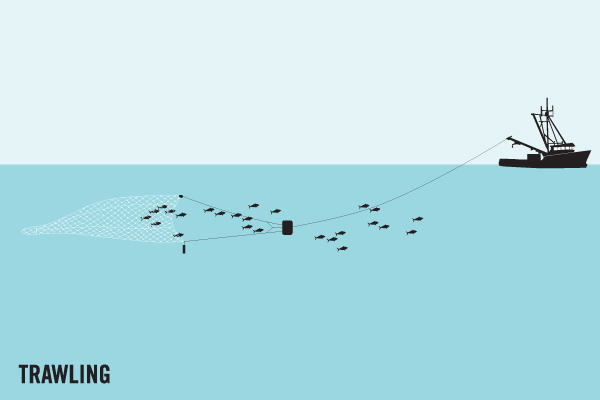Average Weight/Length
Most run 12-18 inches.
Other "Popular" Names for this Fish
Isabellita, Cachama De, Piedra
Location Habitat
Prefers coral reefs and areas with plenty of sponges. Found on coral reefs. Generally occurs solitarily or in pairs. Moves gracefully between seafans, seawhips, and corals. Stomach contents of 26 specimens indicate that the species feeds almost exclusively on sponges supplemented by small amounts of algae, tunicates, hydroids and bryozoans. Young pick ectoparasites from other fishes
Biology & Physical Description
Mostly yellow but bright blue markings on the head, and blue edges on dorsal and anal fins. Black spot, ringed with blue, on forehead. Dark blue spot at base of pectoral. Dorsal spines (total): 14; Dorsal soft rays (total): 19-21; Anal spines: 3; Anal soft rays: 20 - 21. Tail and pectoral fins entirely yellow. Black spot on forehead has electric blue spots and is surrounded by narrow, electric blue ring. Large blue spot at base of pectoral fin. Adults develop short spines on the margin. The color of large adults is purplish blue with yellow-orange rims to the scales; head above eye dark blue, below greenish yellow; mouth, chin, throat, chest and abdomen purplish blue
Geographic Species Map (Fishbase.org Map)
|
|

|
Summary of Distribution: Western Atlantic: Florida, USA and Gulf of Mexico to Brazil. Eastern Central Atlantic: St. Paul's Rocks |
|
Note: Distribution range colors indicate degree of suitability of habitat which can be interpreted as probabilities of occurrence (fishbase.org) |
|
Sport Fishing Techniques
|
|
TrawlingTrawling is when.... |
|
Tackle & Baits
Nat targeted, but caught once in a while by reef fishermen on shrimp and cut baits, but feeds mostly on sponges and other tropical marine growth.
Game Rating
Game Rating : 3/10
Game Description :
Rarely hooked.
Food Rating
Game Rating : 5/10
Game Description :
Seldom eaten; said to be okay.
Picture (Fish)
|
|
|
|
|
|




















 Queen Angelfish
Queen Angelfish 






